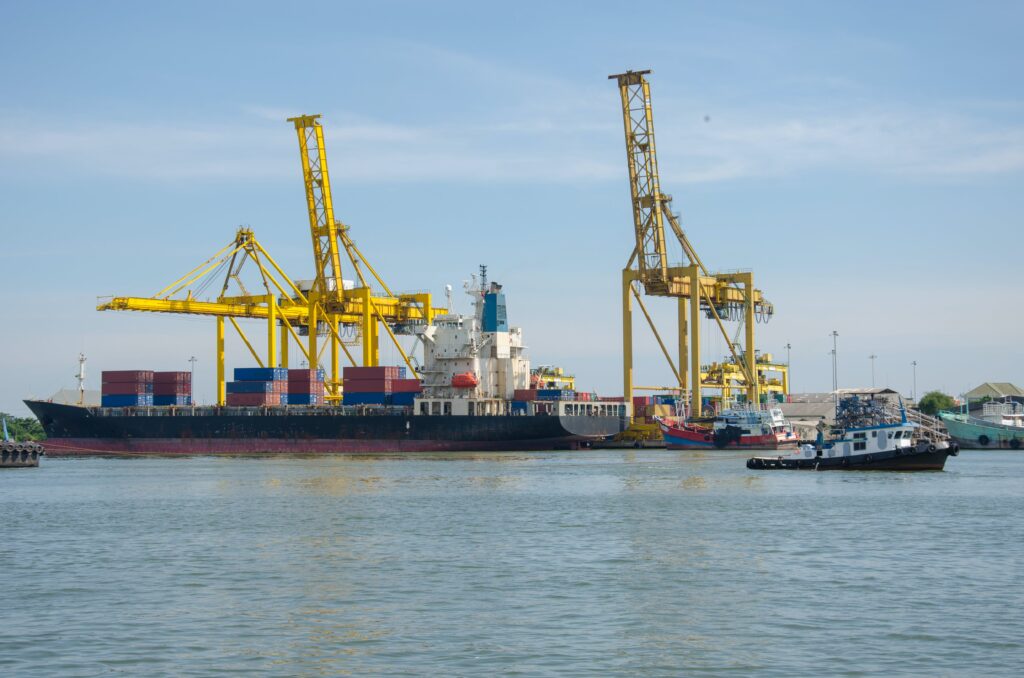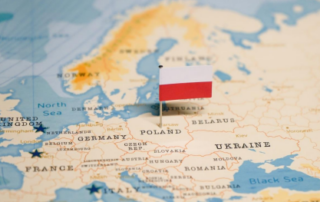
The maritime shipping industry has been the backbone of global trade for centuries, with technological and infrastructural advancements steadily reducing costs and shipping times. However, geopolitical tensions and missile attacks from Iran-backed Houthi rebels in Yemen have forced modern shipping giants such as Maersk to take a step back in time, and adopt logistical strategies reminiscent of the pre-Suez Canal era.
The Suez Canal, a vital waterway connecting the Mediterranean Sea to the Indian Ocean via the Red Sea, has been a critical route for the efficient movement of goods between East Asia and Europe since 1869. Modern Eurasian maritime shipping is nearly unthinkable without this open link in Egypt.
However, recent missile and drone attacks on commercial shipping from Iran-backed Houthi rebels in northern Yemen have sent modern merchant lines back in time. Now, cargo carriers traversing in the Red Sea have to re-route around Cape of Good Hope to reach the Straits of Gibraltar. This new-old route circumventing Africa has not only extended delivery times, but also caused a dramatic rise in shipping costs due to energy and insurance prices.
The immediate effect of rerouting away from the Suez Canal is the significant increase in the distance that cargo ships must travel. This detour results in higher fuel consumption, greater operating costs, and the need for more prolonged periods of manpower, all of which contribute to a surge in the overall cost of shipping. Consumers used to short delivery times, and retailers accustomed and “just in time inventory” are facing higher costs all around.
Adversities faced on the shipping front have had a considerable impact on business. Shipping routes connecting Asia with the United States, seemingly unrelated to the Eurasian shipping conundrum around the Sea, have seen costs rising by 55%. For routes that connect Asian and Northern European ports, shipping lines, now grapple with container costs that have soared to more than 170% of what they were prior to Houthi attacks.
The compounded effect of these changes is profound. It affects trade balances, prompts a reevaluation of sourcing strategies, and may even lead to a further push for regionalization or localization of supply chains. The hopes for a return to more secure and cost-effective shipping routes rest on the resolution of geopolitical conflicts; until then, businesses must adapt to a new, turbulent normal in maritime trade logistics.
The changing face of global geopolitical tensions is prompting shipping companies to reassess their risk management and strategic planning. The attacks carried out by the Houthi rebels underscore the vulnerability of key maritime routes and highlight the necessity for shipping companies to remain nimble and responsive to emerging threats. The Houthis, wielding the power to disrupt the flow of commerce through the Red Sea, have become a focal point for maritime security concerns. Combined with the Ukraine war and sanctions on Russia, Eurasian trade is threatening to be severed due to geopolitical risk.
Amidst the backdrop of uncertain maritime logistics, investors are keenly observing the industry's capacity to handle disruptions. In a surprising twist, some financial analysts are perceiving these challenges as opportunities for growth and profitability within the shipping sector. Some institutional portfolio investors are showing agility and expertise in managing such complex scenarios might appear more attractive to investors seeking resilient business models.
For example, Goldman Sachs has revised upwards its financial outlook on Maersk's shares. The logic behind this short-term positive outlook is based on the assumption that Houthi attacks will be quickly resolved by diplomacy or military deterrence thanks to Operation Prosperity Guardian. Should attacks and the Africa reroute continue for a year, this new shipping lane will lead to significant inflationary pressure on top of an already stressed global financial system. These pressures could be catastrophic to retailers and manufacturers in Europe and Asia, and adversely affect portfolio investors farther afield.
The ongoing situation in Ukraine and the resulting sanctions on Russia have drastically altered traditional trade routes and relationships, effectively severing Eurasian trading ties. This strategic bifurcation has sent ripples through supply chain networks, prompting companies to seek alternative routes and partnerships to maintain the flow of goods.
The tension between the involved nations—Russia, Iran, China—and the West poses a significant risk to the stability of the global economy.
Strategies for enhancing business agility might include the following:
Want to learn more? Check out our Global Risk Certification course today!



